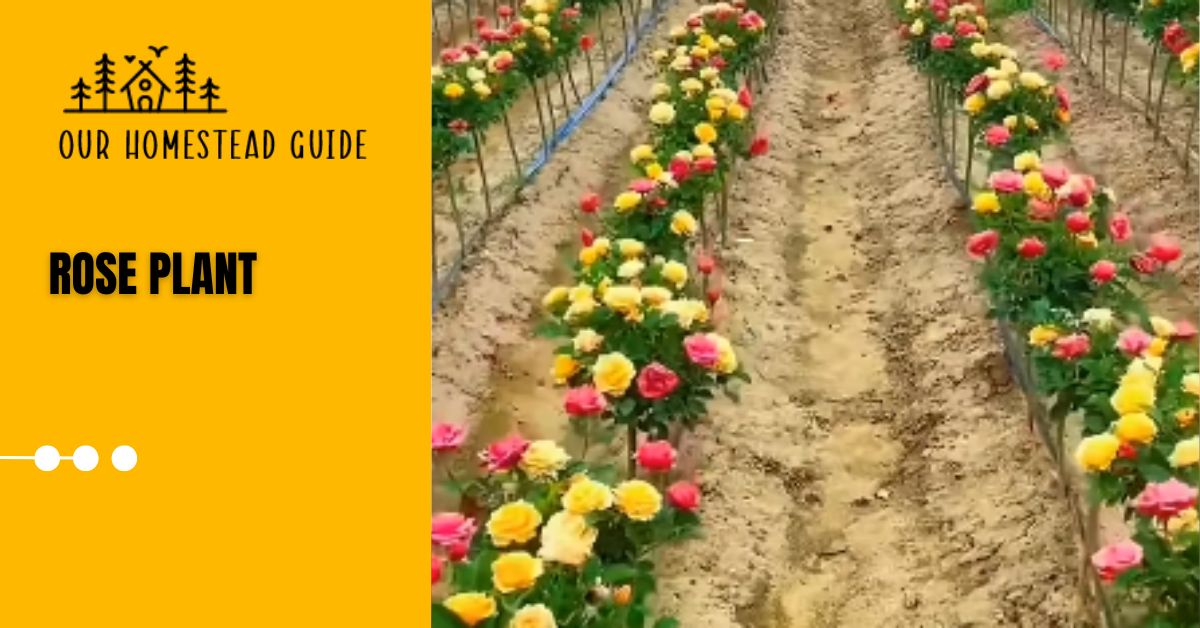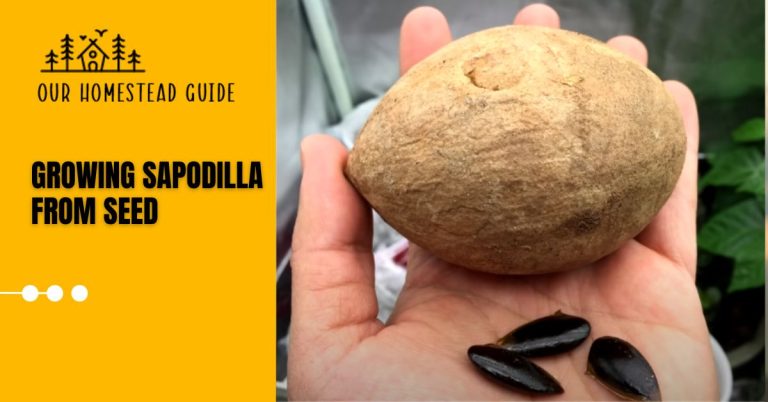Rose Plant: Care, Growing Tips, Save Plants
Rose Plant, Roses are lovely bushes that bloom in a multitude of hues and scents. They need lots of sunshine, well-drained soil, and consistent watering. Deadheading wasted flowers stimulates the formation of new buds, whereas pruning supports healthy growth and blossoming.
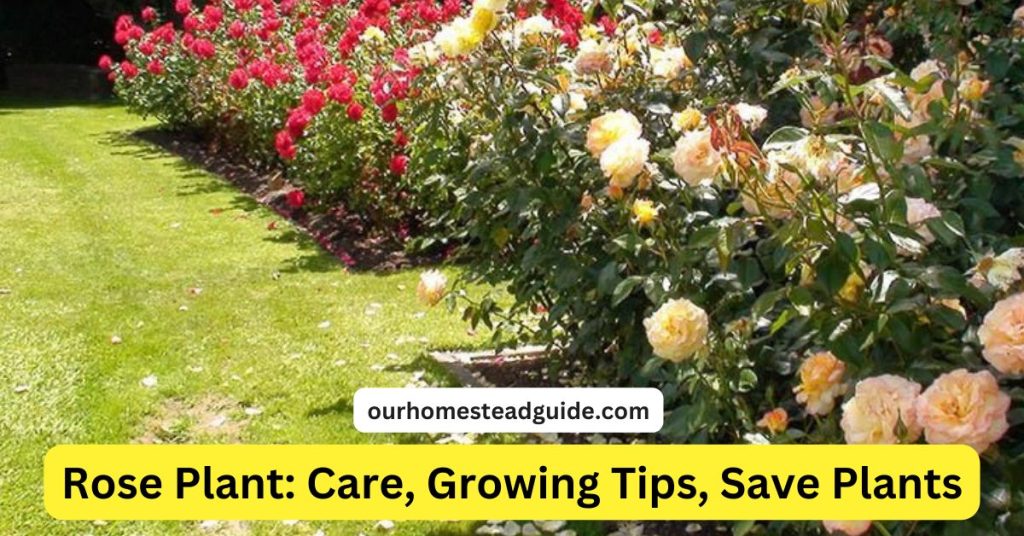
Despite being vulnerable to illnesses and pests, organic methods of management are frequently effective. Roses can flourish and brighten any garden with the right care.
Part 1: Saving Roses from Drying Up
Understanding the Plant’s Behavior:
Roses have a set pattern for when they bloom.
When roses begin to fade, prune them to promote new growth.
Creating a cut just above the node encourages the growth of additional branches.
Removing Weeds:
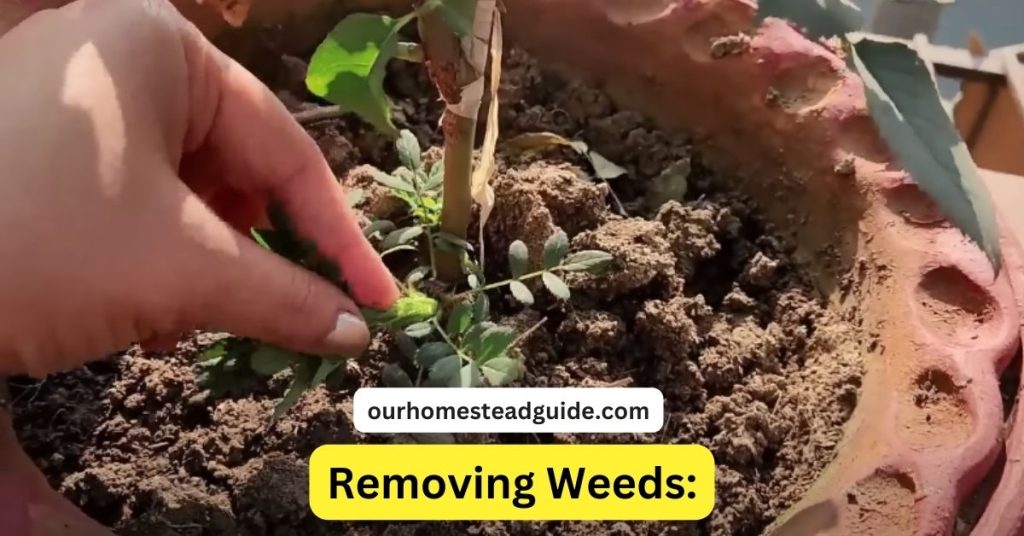
As they deplete the energy of the primary rose plant, remove any young plants that are developing close to the stem. Keep the soil free of weeds since they can impede soil aeration and sunlight.
Pruning Techniques:
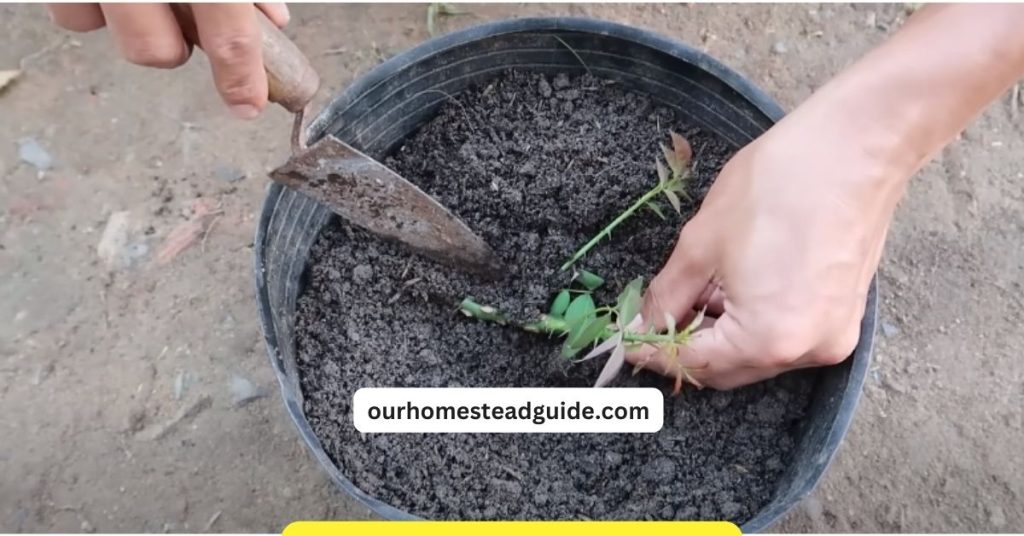
Once the blooms are harvested, neatly trim the plant.
After trimming, use a high-potassium fertilizer or compost to encourage new growth.
Comprehending the Growth Pattern:
After trimming, roses develop in a certain way, going through a quiet phase before blooming once more.
After trimming, provide a drink tonic as soon as buds begin to form.
Part 2: Extreme Heat Care and Maximizing Flowers
Caring for Roses in Extreme Heat:

In periods of intense heat, provide shade.
Make sure the soil doesn’t dry up by giving the plant enough water.
Utilizing Tonics to Enhance Blooms:
To increase the amount and size of flowers, use certain tonics.
When buds are evident, use tonics for the best effects.
Part 3: Sowing Cuttings and Spreading
Harvesting Cuttings and Spreading:
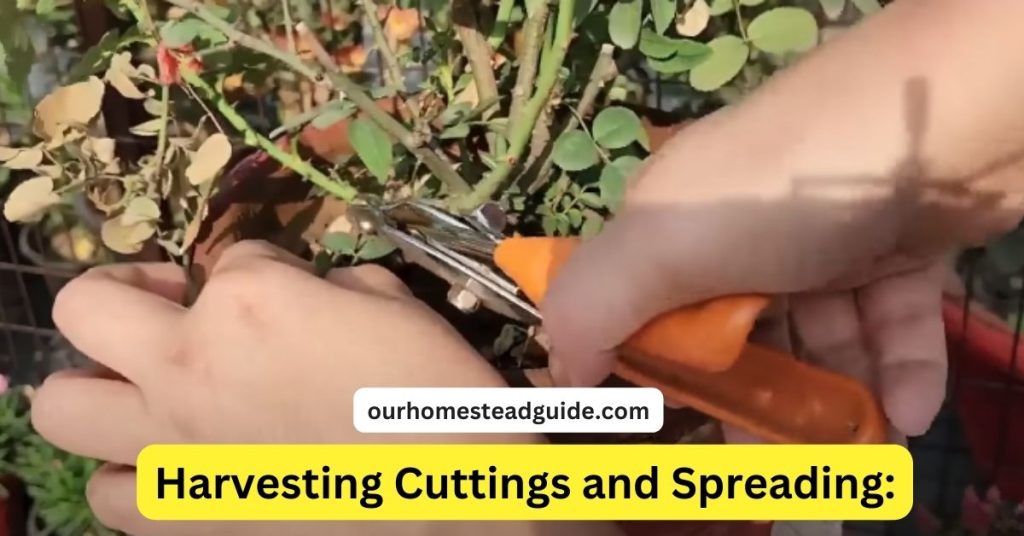
Discover the skill of growing cuttings of roses.
Gain more knowledge about the propagation procedure to grow your rose garden.
Rose Plant overview
| Category | Description |
|---|---|
| Growth Habit | Climbers, Shrubs, Groundcovers, Miniature |
| Bloom Type | Hybrid Tea, Grandiflora, Floribunda, Old Garden, Species |
| Color | Red, Pink, White, Yellow, Orange, Purple, Black, Bi-colored |
| Fragrance | Strong, Subtle, Specific (Tea, Damask) |
| Uses | Ornamental, Cut Flowers, Landscaping, Hedging, Perfumery, Food & Beverage Industry, Cosmetics & Skincare, Medicinal, Potpourri, Crafts, Symbolism |
| Benefits | Beauty, Fragrance, Color, Symbolism, Aromatherapy, Skin Care |
| Care Requirements | Well-drained soil, Plenty of Sunlight, Regular Watering, Pruning, Deadheading, Fertilization, Pest & Disease Control |
| Propagation | Cuttings, Seeds, Grafting |
| Common Pests & Diseases | Aphids, Spider mites, Japanese beetles, Black spot, Powdery mildew, Rust |
| Harvesting | Early morning, Cool and fresh |
| Vase Life | 4-7 days with proper care |
| Additional Information | Hundreds of varieties, Different uses and meanings, Long history and cultural significance |
General Rose Planting Tips
1-Selecting Healthy Plants:
Steer clear of plants from nurseries that are driven to bloom by applying DAP and urea.
Select robust plants with fully formed buds.
2-First Planting:
Plant roses in 12-inch or larger clay pots. Make use of a soil mixture that includes neem cake powder, sand, cocopeat, vermicompost, and ordinary soil.
3-Avoiding Red Soil:
If you use red dirt, be sure it comes from a certain area where it performs well because it might cause problems.
4-Planting from a Nursery:
Over five days, gradually expose the plant to sunlight.
After making sure the plant is healthy, report it.
5-Watering Technique:
Water is based on the moisture content of the soil. Refrain from flooding it or allowing it to dry out entirely.
6-Sufficient Sunlight:
Give plants plenty of sunlight—at least four hours a day, if possible—to promote strong development and blooming.
7-Pest Control:
Keep an eye out for pests like mealybugs and aphids.
Neem oil is useful for treating and preventing pests.
8-Annual Cycle Understanding:
Acknowledge the yearly cycle of rose growth, paying particular attention to blooming patterns and summer survival.
9-Choosing the Right Plant:
Picking a rose plant requires careful consideration of the amount of care needed.
Choose low-maintenance plants like ZZ plant or bougainvillea if you’re short on time.
10-Conclusion and Sharing:
Give people your experiences and expertise that they might find useful.
Recognize that the first year may be spent establishing the plant’s health to ensure vigorous blossoming in the future.
Typical uses of Rose
Roses are not just for decoration; they may be used for many other purposes. These are a few of the most typical ones:
Decorative:
Cut flowers: Roses are a well-liked option for bouquets since they provide beauty and scent.
Garden plants: Roses are frequently utilized in gardens and landscaping because they bring smell and color to outdoor areas.
Hedging: You may make attractive and useful hedges with some rose kinds.
Commercial:
Industry of perfumes: Rose oil is a crucial component of several scents and perfumes.
Food and beverage industry: Teas, jams, jellies, and sweets are just a few of the culinary uses for rose petals and rose water.
Cosmetics and skincare: Due to its hydrating and anti-inflammatory qualities, rose water and oil are also utilized in a variety of cosmetics and skincare products.
Medicinal:
Herbal medicine: Traditional medicine uses rose hips and petals to treat a range of conditions, such as stress, skin disorders, and digestive difficulties.
Aromatherapy: For relaxation, stress reduction, and mood enhancement, aromatherapy uses rose essential oil.
Other uses:
Potpourri: A fragrant and aesthetically pleasing addition to houses, potpourri is made from dried rose petals.
Crafts: Rose petals and leaves are used in a variety of crafts, including wreath-making, card-decorating, and flower arrangements.
Symbolism: Roses are a popular choice for gifts on special occasions since they are frequently connected to love, passion, and beauty.
Types Of Rose Plant
Rose bushes come in hundreds of varieties, each with special qualities of its own. These are a few of the most typical kinds:
By Growth Habit:
Climbers: These roses reach great heights and may be trained to scale arches, buildings, and fences. Usually, they bloom just once a year. Shrubs Growing three to six feet tall, shrub roses are bushy plants. They bloom continuously all season long and can be compact or spreading.
Groundcovers: Low-growing plants that cover the ground are called groundcover roses. Usually, they are utilized for erosion control and beautification. Miniature roses Growing to a height of around 12 inches, miniature roses are scaled-down hybrid tea roses. They never stop blooming all season long.
By Bloom Type:
The traditional long-stemmed tea roses with big, single flowers are hybrid tea roses.
Grandiflora roses: With bigger clusters of flowers, grandiflora roses resemble hybrid tea roses.
Floribunda roses: Throughout the season, clusters of tiny flowers on floribunda roses bloom again.
Old garden roses: Old garden roses are a centuries-old kind of heritage rose. They come in a range of bloom kinds and frequently smell strongly.
Roses classified as species: Unhybridized wild roses are known as species roses. They are frequently resistant to disease and have a wide range of bloom varieties.
By Color:
There are many different hues of roses, such as red, pink, white, yellow, orange, purple, and black. Even bi-colored roses with striped or variegated petals exist.
By Fragrance:
There are many different perfumes of roses; some are stronger-smelling than others. Certain roses, like the damask or tea roses, are prized for their distinct scents.
Other Types:
Knockout roses: These are a low-maintenance variety of roses resistant to disease. Rambling roses are a kind of climbing rose that may reach a height of twenty feet. Roses with little flowers that bloom frequently during the season are known as polyantha roses.
David Austin created the hybrid rose variety known as English roses. Their enormous, fragrant blossoms and vintage look are what make them well-known.
uses of rose leaves for skin
Rose leaves are an important component of natural skincare products since they are a rich source of vitamins, minerals, and antioxidants. The following are a few advantages and applications of rose leaves for skin:
Benefits:
Antibacterial: The antibacterial qualities of rose leaves can aid in the treatment of skin problems such as acne.
Anti-inflammatory: The soothing and calming effects of rose leaves can be applied to sore skin.
Astringent: Rose leaves have an astringent quality that can help minimize oiliness and constrict pores.
Antioxidant: Rich in antioxidants, rose leaves can help shield the skin from the damaging effects of free radicals and the signs of early aging.
Rose leaves are a natural source of moisture that can aid in maintaining skin hydration.
Calming: Rose leaves are perfect for sensitive skin because of their ability to calm and soothe the skin.
uses of rose leaves:
Face cleanser: A natural face cleanser may be made from rose leaves. Just pulverize the leaves into a paste and combine with milk or water. After applying the paste to your face, give it a few minutes of light massaging. Use warm water to rinse.
Face mask: You may use rose leaves to create a revitalizing and nourishing face mask. Make a paste out of the leaves and combine it with yogurt or honey. After applying the mask, keep it on your face for ten to fifteen minutes. Use warm water to rinse.
Toner: You may tone and revitalize your skin by using rose-leaf to produce a toner. A few rose leaves should be boiled in water for ten minutes. After straining, let the liquid cool. Use a cotton ball to apply the toner to your face.
Bath soak: For a calming and opulent experience, add some rose leaves to your water. A calming scent will be produced by the leaves as they release their essential oils and fragrance into the water.
Rose leaf compress: Rose leaf compresses help minimize dark circles and puffiness under the eyes. For ten minutes, immerse a few rose leaves in water. Put the leaves over your eyes and close them for ten to fifteen minutes.
Most Frequently Asked Questions!
1-How much sunlight do roses need?
Roses require six hours or more of direct sunshine each day to develop and bloom to their full potential.
2- How often should I water my roses?
When the earth seems completely dry to the touch, deeply water the plant’s base. Aim for 1-2 inches of weekly watering.
3- What kind of fertilizer should I use for roses?
Make use of a balanced fertilizer designed specifically for roses, such as a 10-10-10 combination. Fertilize as directed on the box, usually every four to six weeks while the plant is in growth.
4- How do I prune roses?
Before new growth appears, prune roses in late winter or early spring. Take out any damaged, dead, or infected wood. To encourage bushy growth and blooming, trim back stems by approximately one-third.
5- How do I deadhead roses?
Regularly remove wasted flowers by deadheading them slightly above the top five leaves. This promotes the blooming of new blooms.
6- What are some common pests and diseases that affect roses?
Aphids, spider mites, and Japanese beetles are a few typical pests. Rust, powdery mildew, and black spot are among the common illnesses.
7- How do I get rid of pests and diseases on my roses?
There are several non-organic and organic approaches to disease and pest management. For organic solutions, consider treating illnesses with baking soda or a copper fungicide and pests using insecticidal soap or neem oil.
8- Why are my rose leaves turning yellow?
Several things, including illness, nutritional deficiencies, underwatering, and overwatering, can result in yellow leaves.
9- What are the differences between hybrid tea roses, floribunda roses, and grandiflora roses?
Large, solitary blooms make hybrid tea roses perfect for cutting. Throughout the season, floribunda roses bloom frequently and produce clusters of tiny flowers. Hybrid tea roses and Grandiflora roses are comparable in that the former features bigger flower clusters.
10- What are some good rose varieties for beginners?
Knock Out roses, Easy Elegance roses, and Flower Carpet roses are a few excellent rose kinds for novices. These types need little maintenance and are resistant to illness.
11- Can I grow roses from cuttings?
Indeed, roses may be grown from cuttings. In late summer or early autumn, take cuttings and plant them in a rooting medium (sand or perlite, for example).
12- How long does it take for rose cuttings to root?
Rose cuttings may not root for several weeks or even months. Give the cuttings the proper environment—enough light, warmth, and moisture—and exercise patience.
13- When is the best time to pick roses?
Early in the morning, while the roses are still cold and fresh, is the ideal time to harvest them.
14- How do I cut roses for the vase?
Cut the stem at an angle of around 45 degrees using sharp shears. Take off any leaves or thorns that will be below the vase’s water line.
15- How do I make my roses last longer in the vase?
Keep your roses in cold water and replace the water every two to three days to extend their vase life. A commercial floral preservative can also be added to the water.
you may also like this article.
7 Tips Plant and Care Growing Mustard Seeds Indoors: Step by Step

